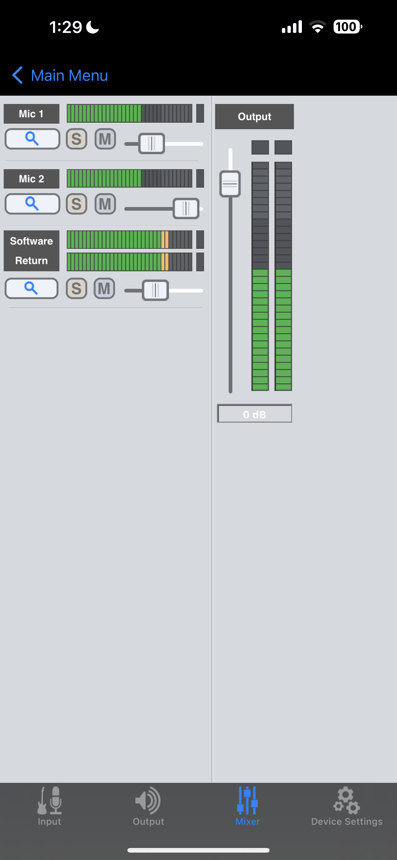How do I use the low latency mixer in Maestro 2 with Apogee USB interfaces?
With the Apogee Maestro 2 software, you can monitor inputs with almost no latency by using the Hardware Monitoring / Maestro Mixer feature. Here's how to do so for Mac or iPad/iPhone.
For Mac
First, make sure you have setup your input signal:
- Open Apogee Maestro 2. In the ‘Input’ tab, set Analog Level (+4dBu and -10dBv for Line Levels-XLR only, Mic-XLR only, and Inst-1/4" only), then set appropriate gain level(s) for your input (s).
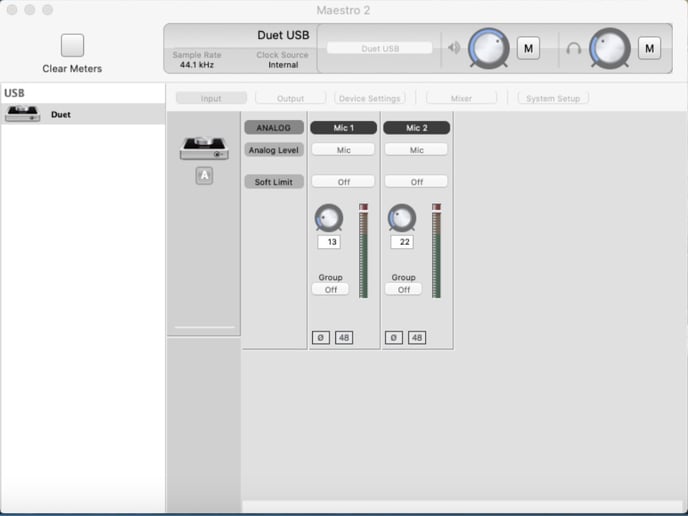
Then, select the Mixer in the outputs:
- For ONE & Duet, in ‘Output’ tab, change source of Main Outs or Headphones to ‘Mixer’.
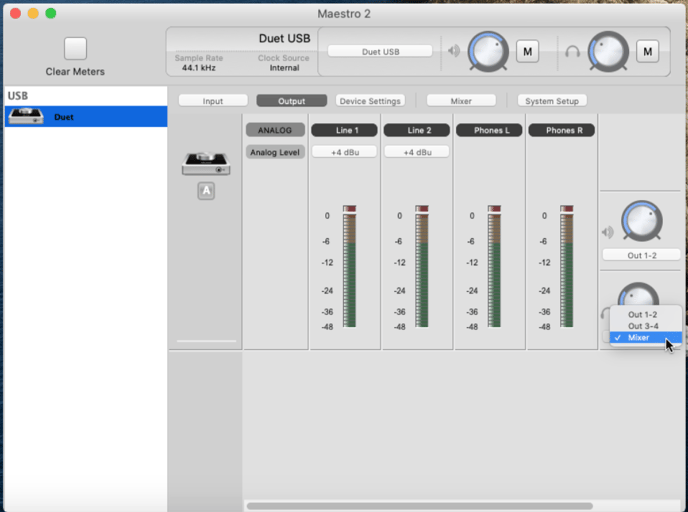
- For Quartet or Symphony, in the 'Output Routing' tab, Move the X for Line 1/2, or Headphones down next to 'Mixer'
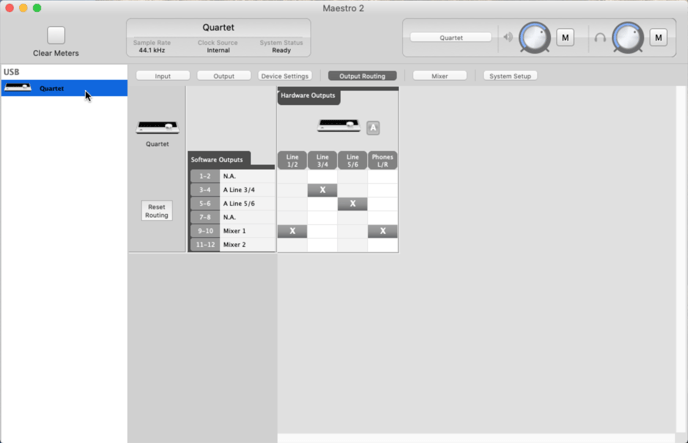
Now you will hear any adjustments made in the Mixer:
- In the ‘Mixer’ tab, adjust the volume level of Input(s) 1 & 2, and Software Return (Outputs 1-2, 3-4 from DAW).
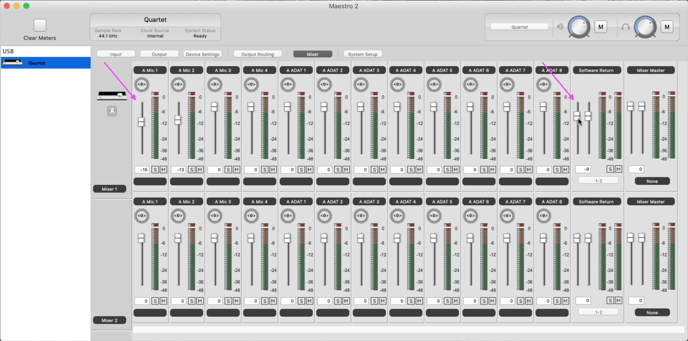
Here's a video showing how you'd use the Mixer with a recording program (DAW):
For iPad/iPhone (ONEv2, Duet for iPad/Mac, Quartet only)
First, make sure you have setup your input signal:
- Open the Apogee Maestro application. In the ‘Input’ tab, set Analog Level (+4dBu and -10dBv for Line Levels-XLR only, Mic-XLR only, and Inst-1/4" only), then set appropriate gain level(s) for your input (s).
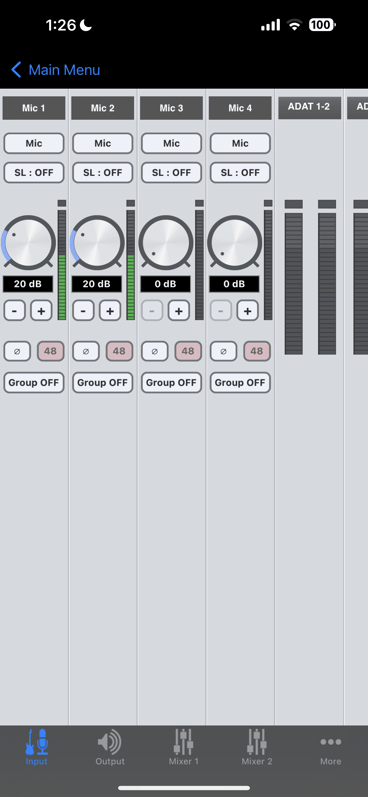
Then, select the Mixer in the outputs:
- In ‘Output’ tab, change source of Main Outs or Headphones to ‘Mixer’.
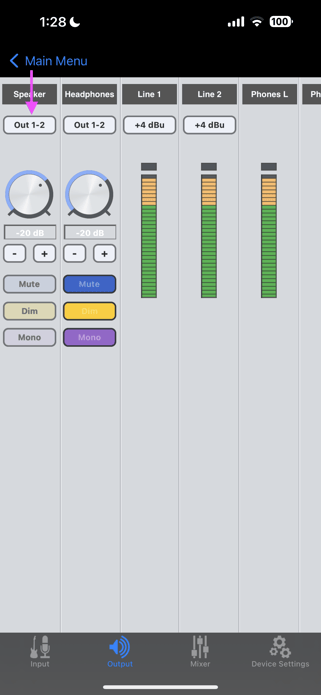
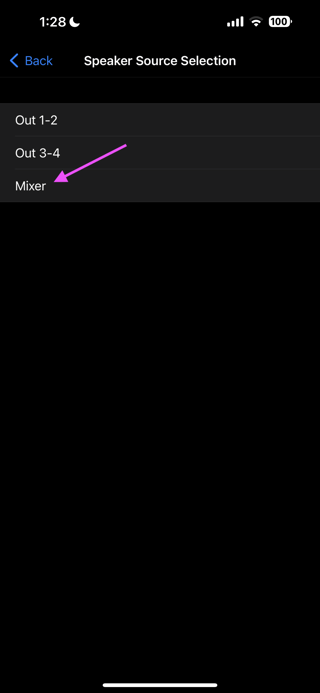
Now you will hear any adjustments made in the Mixer:
- In the ‘Mixer’ tab, adjust the volume level of Input(s) 1 & 2, Software Return (Outputs 1-2, 3-4 from DAW), and Output.
